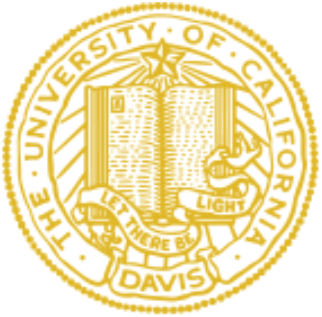Capital Migration
If capital and corporations are purportedly “borderless,” what renders capital and entities legally “foreign”? To help answer that question, this Article first unpacks foreign capital’s migration through its intersection with, and similarities to, human migration.
Beginning with structural parallels, the citizenship binary is insufficient to understand the “foreign” in both human and capital migration. Nor do various levels of American government align in their approach to foreignness. Just as immigration tax federalism permits nonuniformity, so does capital and corporate tax federalism under the (Foreign) Commerce Clause and after the Supreme Court’s recent decision in National Pork Producers Council v. Ross.
Beyond theoretical foundations, this Article refutes the separation of capital migration and human migration by examining where they meet: human migration regimes that attract capital. “Capital-purchase migration” in universal or treaty investor visas allows foreign capital to pave our streets and then the contributor’s path to permanent residency. “Capital-facilitating migration” permits the temporary workers necessary for an investment to flourish.
Third and finally, a fear of the foreign governs both capital and human migration. For capital, that fear does not manifest only in the much-discussed Committee on Foreign Investment in the United States. As this Article explains, capital migration drives the aesthetic “intrusion” of newcomers’ residential investments and the controversial commercial investments catering to these newcomers. Communities, including longer-settled but fellow migrants, police this foreign capital and the people behind it using municipal codes. This Article reorients our understanding of capital migration as interwoven with human migration, from the ivory tower to the neighborhood streetscape.

